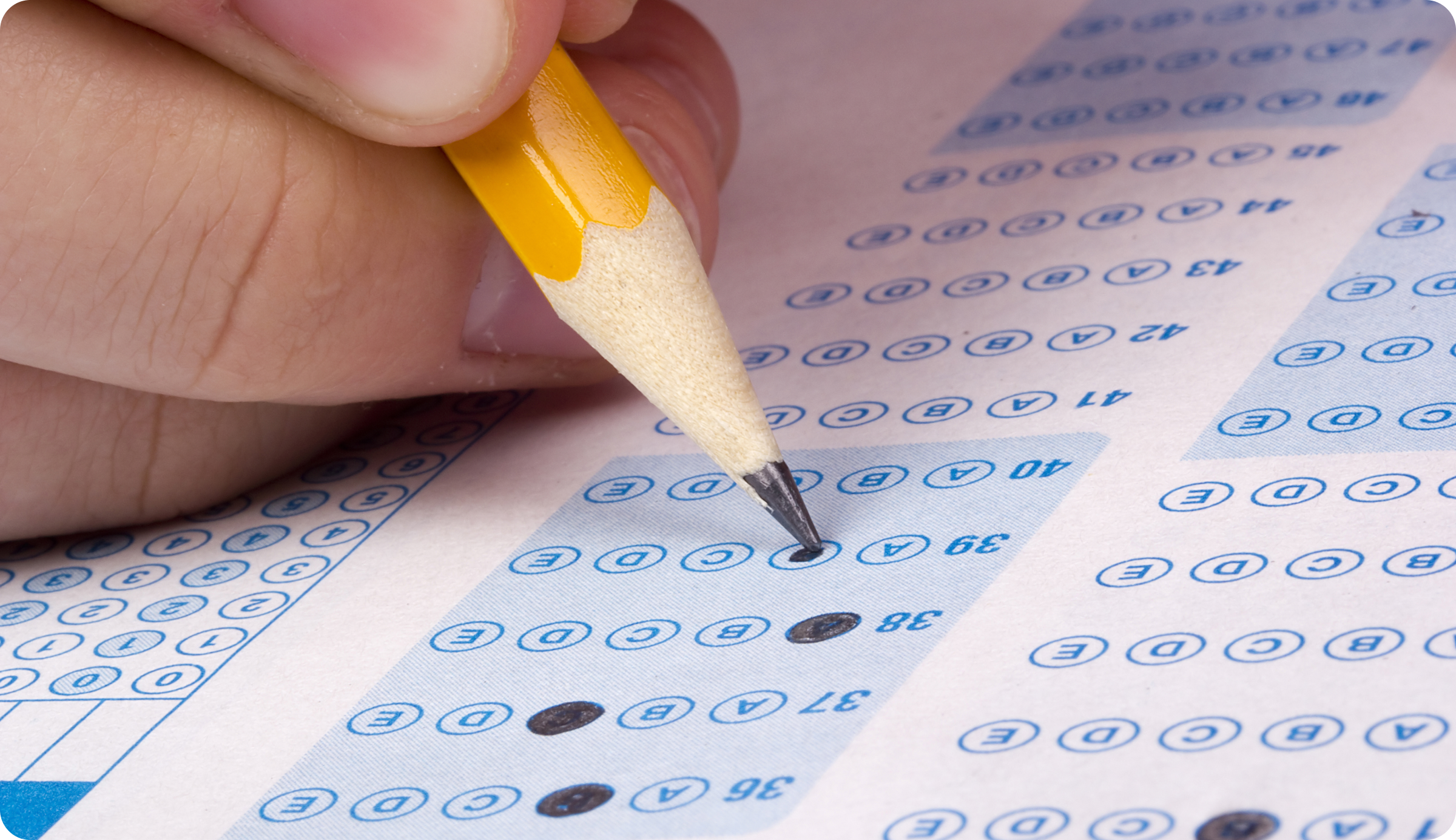Attributes of Summative vs. Formative Assessment
The most common assessments are summative.
Assessment is the ten dollar word for a test. Summative assessments are tests at the finish line—at the end of a course and are used to “sum up” what students learned. (Fennel, 2006)
In contrast, if summative assessments occur at the end of a course or program, formative assessments are tests in the middle. Summative measures success in meeting standards, while formative tends to measure progress toward mastery of standards (Stiggins, 2006)
On its face, the summative approach makes sense. We teach students and then test them to see how much of that teaching was actually learned. This basic notion has existed in our education system from the days of the one-room schoolhouse through to today’s 56.6 million U.S. schoolchildren. It’s a prominent topic in reams of local and national legislation and certainly a key factor in the $620 billion U.S. education budget.
Sure, those early assessments given on how well you memorized your hornbook have given way to scantrons and standardized testing from assessment powerhouses like Sage and Pearson, but have things really changed that much? Well, yes they have. The summative nature hasn’t changed, but the implications have.
According to The National Center for Fair and Open Testing, the number and nature of summative assessments have been a key component (and bone of contention) in major education legislation for decades, such as the Elementary and Secondary Education Act, No Child Left Behind (NCLB), and it’s successor the Every Student Succeeds Act (ESSA). These acts set out minimum achievement goals for students and tie educational funding for districts and schools to the performance of their students on these assessments. Summative assessments are more than just annual benchmark assessments. In fact, the approach to summative assessment in the U.S. is used to review the entirety of a teenager’s K-12 education career via the SAT and ACT college entrance exams.
We put a lot of stake in summative assessments.
Limitations of summative assessment
According to founder and director of the ETS Assessment Training Institute Rick Stiggins, “Historically, educators delivered one curriculum to all students. The summative assessment served to sort pupils into high and low achievers. Some students kept up and scored well, while others got off track and where rated as failures. Education today, however, is based on the idea that every student is expected to meet the same academic standards.”
Summative assessments are not problematic per se. They serve an important function. Where they are limited, however, is that they’re administered at the end of instruction. By the time they are administered, all the learning that is going to take place has taken place.
As a result, summative assessment has little to offer to students who struggle. There’s no time for corrective or formative action to get a learner back on track, even if all that is required is a gentle nudge. Formative assessments, on the other hand, are designed to assess midstream while learner outcomes can still be modified.
Abundant research indicates that the day to day assessment practice, which is predominantly summative in classrooms around the world, is rife with shortcomings. The summative function of grading and scoring is overstressed while the formative practice of offering feedback and advice are not. (Black & Wiliam, 1998)
Where is education science leading us?
Even though summative assessments are the most common method for measuring academic achievement, they ignore key data about human learning and cognition. (Pellegrino, Chudowski & Glaser, 2001)
Should we toss out summative assessment as antiquated and misguided?
Certainly not. There’s tremendous benefit from summative assessments. However, it may be time for the standard practice to include a more well-rounded assessment toolbox than our historical overdependence on summative assessment has delivered. Research is showing that adding formative assessment to lesson plans and curricula, as well as professional development and teacher training (including the course design for teacher education programs) can have a huge impact on student outcomes.
If you’d like to learn more about formative assessment and techniques for adding it to your teaching, check out Effective Formative Assessment for Educators, and download the free resource, 30 Fresh Ideas for Adding Formative Assessment to Your Teaching.






